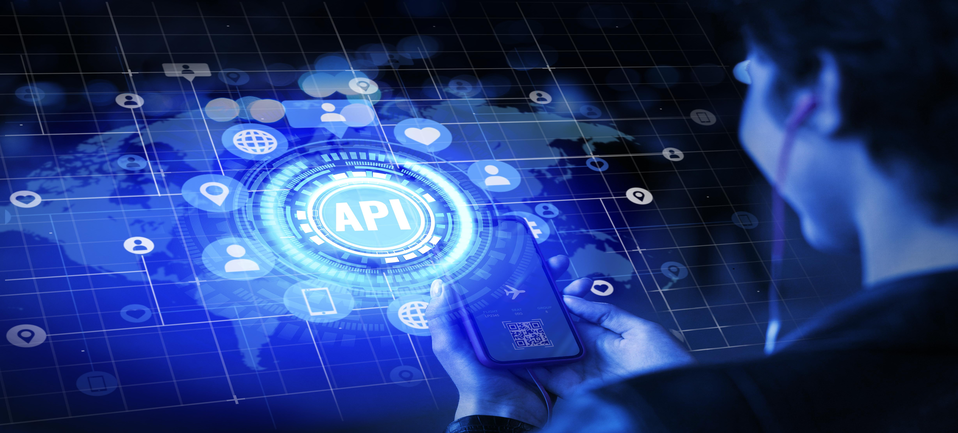What is an Application Programming Interface (API)?
Do you keep hearing developers talking about Application Programming Interface (API), but you don’t know what they are? In this article, we will explain what an Application Programming Interface is and also when you should use it.
The concept may be unfamiliar. But, the truth is that APIs impact us every day.
The best way to explain the definition of Application Programming Interface (API) is by starting from the beginning.
Surged over the past decade, and in constant growth, APIs are a part of the most popular web applications.
What is an API?
In simple words, an Application Programming Interface is a set of rules that enable applications to communicate with each other through a series of standards and protocols.
Allowing applications to exchange data and functionality, APIs facilitate software development.
It also will give access to ample and more optimized information as the potential of each tool increases through dialog with the others.
How does it work?
An Application Programming Interface (API) is an intermediary tool between an application and the web server, processing data transfer between systems.
When a client (the name given to the application sending the request) initiates a request, the server (the application sending the response) processes the request from an application to the web server through the API.
After validating the request, the Application Programming Interface makes a call to the external program or web server.
Then the server sends a response to the API with the requested information.
After that, it sends the data to the initial requesting application.
The interface service plays a fundamental role when it comes to security.
APIs are able to block access and permissions to software and hardware data that some applications cannot use.
Their position as an intermediary also facilitates the abstraction of functionality between two systems.
For example, you wouldn’t be able to share Spotify tracks on Instagram without an API system. Neither would be possible to use GPS apps that use Google Maps API.
Where is an Application Programming Interface used?
The main goal of APIs is to simplify several steps in developing an application, allowing companies to open up access to their resources while maintaining security and control.
APIs also facilitate the work of developers and provide a standard for the creation of new platforms.
Therefore, developers do not need to create custom code for each function that a program will perform.
Examples of common APIs
As we have stated, APIs are present in most applications. Whether is a bank app, a social media app, or an online shopping website.
The interaction between Whatsapp and your mobile contact list is due to an API system.
Or the functionality that allows you to post on Instagram and Facebook simultaneously.
Types of APIs
Depending on the scope of use, APIs have different classifications. There are four main categories:
Public APIs
They are open to the public and used by anyone. Linking Youtube videos on your website is one of the usage examples.
Partner APIs
This category is usually used between business partners to enable the integration of different software. You can see this happening in online shopping. Thanks to APIs, the client can pay for the purchase without leaving the website.
Private APIs
These types of APIs are used internally, between the applications of a company, to facilitate the tasks of its team.
Composite APIs
These combine multiple APIs. Composite APIs allow developers to address complex system requirements or access several endpoints in a single call.
They are useful in a microservices architecture.
At Zalox, we can help you decide which API suits your business requirements. Present your project and let us present the best solutions

